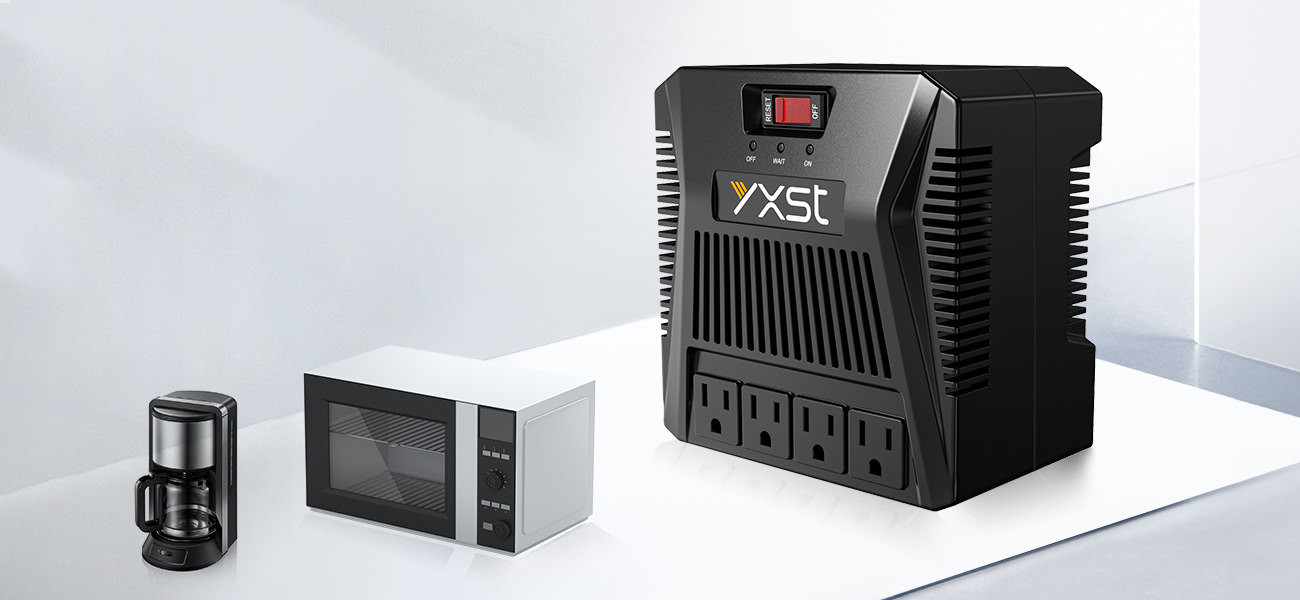It is usually OK to plug in 100V appliances when using a 110V stabilizer, but there are still some things to note:
Voltage range compatibility:
100V appliances are designed to operate at 100V, while 110V stabilizers usually provide a slightly higher voltage. Many appliances will still work properly at 110V, but it depends on the design and specifications of the appliance. You can check the appliance’s user manual or manufacturer’s instructions to confirm its voltage requirements.
Risk of appliance damage:
Using an appliance in an environment with a voltage higher than the rated voltage for a long time may cause the appliance to overheat, reduce efficiency, or be damaged. Although many appliances have a certain tolerance within the voltage range, there are still risks if they are used improperly.

Rated load of the regulator:
Make sure the rated load of the regulator is sufficient to support the power of the appliance you want to use. Overloading the regulator may cause it to be damaged or affect the normal operation of the appliance.
Use environment:
Consider other electrical equipment in the use environment and make sure that the overall load does not exceed the maximum power of the regulator. If you are unsure, it is best to consult the manufacturer of the regulator or a professional electrician.

In summary, while it is theoretically possible to use a 110V stabilizer socket to power a 100V appliance, to ensure the safety and proper operation of the equipment, it is best to check the rated voltage of the appliance first and make sure the voltage regulator can provide a stable power supply. If you have any doubts, it is wise to seek professional advice.




